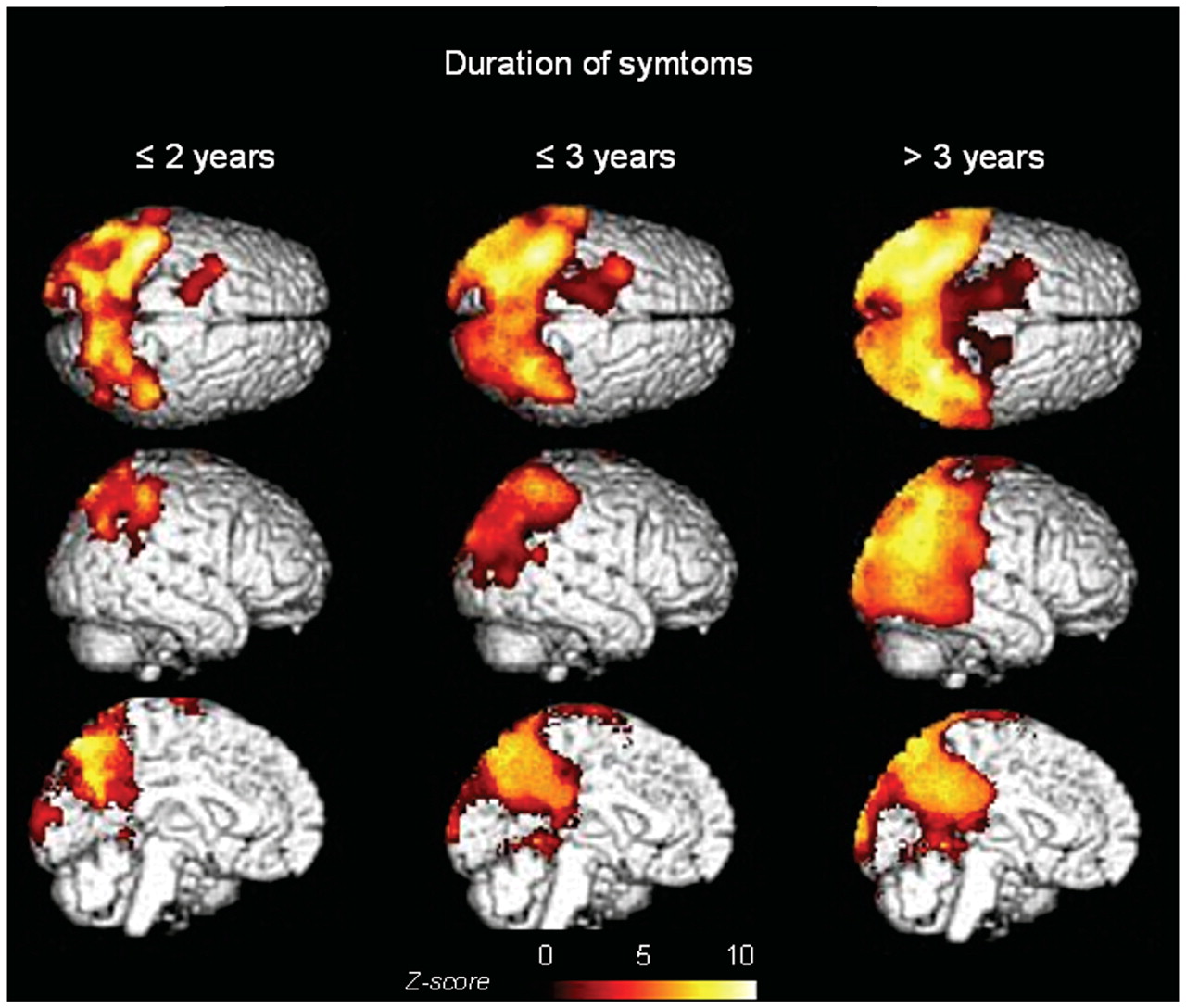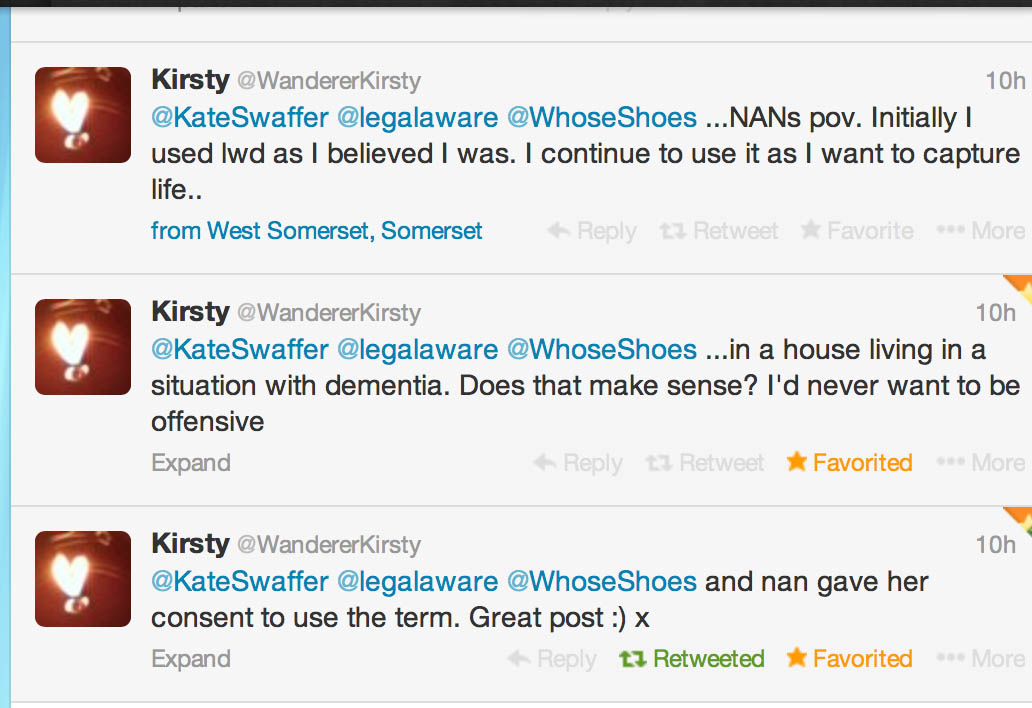People who’ve received a diagnosis become entwined in power games, often from clinicians, often conferring blame on them.
As public health and discussion of non-communicable diseases produces more detailed effective messaging of risk factors for Alzheimer’s disease and other dementias, we have to be careful. That is, people find themselves ‘to blame’ for developing dementias, for not having eaten the right foods, drunk too much wine, and so on.
The language actually used to describe people living with dementia is not uncommonly completely unacceptable from some (NOT ALL) clinicians and researchers: e.g. “wetter”, “poor feeder”, “screamer”, “vocaliser”, “obstructive”. Alzheimer’s Australia have produced useful language guidelines specifically on this subject.
I know of one situation in a jurisdiction which went as follows.
“The continent” “vocaliser” “screamer” was in a room in residential care. The nurse did not attend to the buzzer. The resident was waiting for the toilet. By the time the nurse came to the “screamer”, the “vocaliser” had become “the incontinent”. As a result of repeated incidents like this, the nursing home received more State subsidy on account of the higher number of “the incontinents”.
Al Power, in his talk for the Alzheimer’s Disease International, remarked that anytime ‘behaviours’ were referred to by clinicians they tended to be used in a negative context.
And there are a number of words specially invented by the medical profession to describe certain behaviours. For example, Witzelsucht (from the German is a set of rare neurological symptoms characterised by a tendency to make puns, or tell inappropriate jokes or pointless stories in socially inappropriate situations.
And such people can be prescribed mood stabilisers, or other non-person-centred therapy.
Excessive crying can happen in some people with dementia, it is said particularly in vascular dementias.
But who is anyone to judge when these behaviours are particularly excessive? It could be that jokes or crying are perceived by that individual living with dementia at that particular place and time to be entirely appropriate.
There are people with vested interests at stake, seeking substantial amounts of money for “challenging behaviours”. Many people believe that the term “challenging behaviours” is not right, like “problematic behaviours”.
Normally framed as reducing the quality of life of caregivers, challenging behaviour has been linked to behavioural and psychological symptoms of dementia (BPSD). There’s been a lot of money in treating BPSD pharmacologically, but often are actually an understandable consequence of the environment, for example the breakdown of communication of a person living with dementia and surrounding care staff.
If you provoke me, I might get ‘agitated’ or ‘aggressive’, and exhibit ‘challenging behaviours’, but does this mean you should ‘blame me’, and dose me up to the eyeballs with antipsychotic medication?
Rather, such a behaviour may be seen as an active attempt by the person living with dementia to express an unmet need, which could be physiological or psychological. It might be a manifestation of actual distress, or a reaction to the carer, which may lead to a vicious cycle of increasing distress.
However, as Kitwood articulated, ‘personhood’ is the standing or status that is bestowed on one human being by another. It implies recognition, respect and trust. Each person is acknowledged and valued as an individual regardless.
Similarly, if a person with dementia decides to go for a walk, which may well have a clear purpose in his or her mind, it is pejorative to jump to labelling him or her as a ‘wanderer’. I found, when I was reviewing evidence for this for my second book, it was impossible unless I based my literature searches on the words “wanderer” and “wandering” – and so the system validates itself, and the meme “wandering” continues, and no academic or clinician challenges it.
‘Wandering’ is one of those classic words where blame is transferred onto the individual person with dementia – like “getting lost”. The person with dementia there is ‘to blame’, the term is used in a derogatory way, does not concede the person with dementia might have a valid reason to want to leave his or her environment, and defines a person simply by a symptom.
So – the culture of ‘blaming Alice’ continues.





